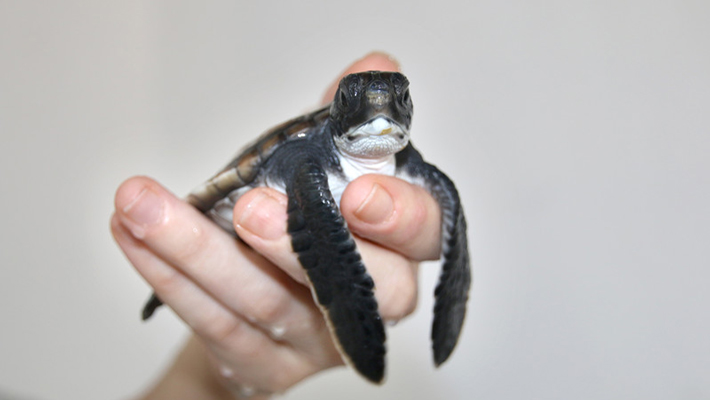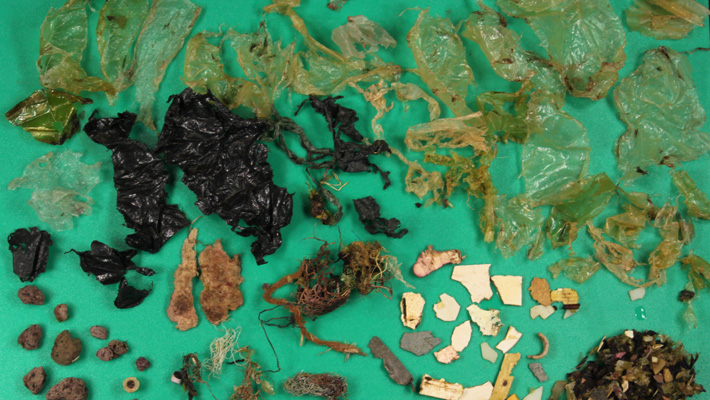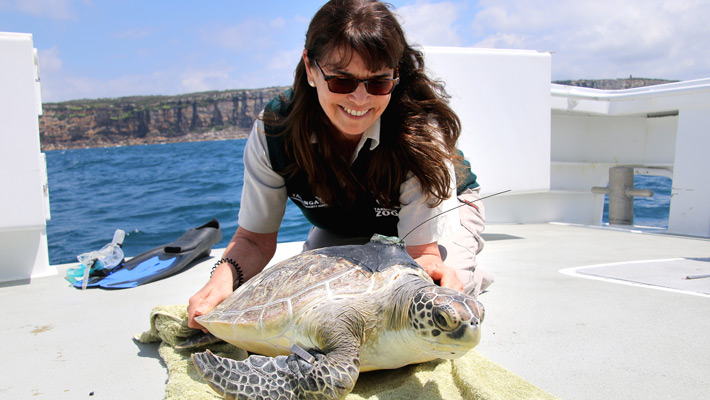Sadly, all marine turtle species are endangered – and moving rapidly closer to extinction.

Six of the world’s seven marine turtle species nest along Australian waters. That includes Flatback Turtles, which don’t nest anywhere else in the world.
Each year, countless marine turtles die after swallowing plastic, getting hooked on fishing line or entangled in nets.
Some are starving because their intestines are clogged by plastic bags and other waste. Other turtles have been hit by boats or have fishing lines cutting into their flippers.
Every death is a tragedy – and a tragic loss for its species.
With the growing tide of ocean pollution and the impacts of climate change, a huge amount of work is needed to keep them safe.
Taronga has a plan to save endangered marine turtles. But we can’t do the work without your urgent help.
By donating today, your gift can:
- Care for and rehabilitate sick or injured turtles in Taronga’s Wildlife Hospital
- Fund ground-breaking research to identify important turtle habitats
- Support the work of Indigenous Rangers who are monitoring and protecting Hawksbill and Green Turtles
- Predict the impact of climate change on turtle habitat.
Your gift today can help look after turtles right now and give their species a better future.




